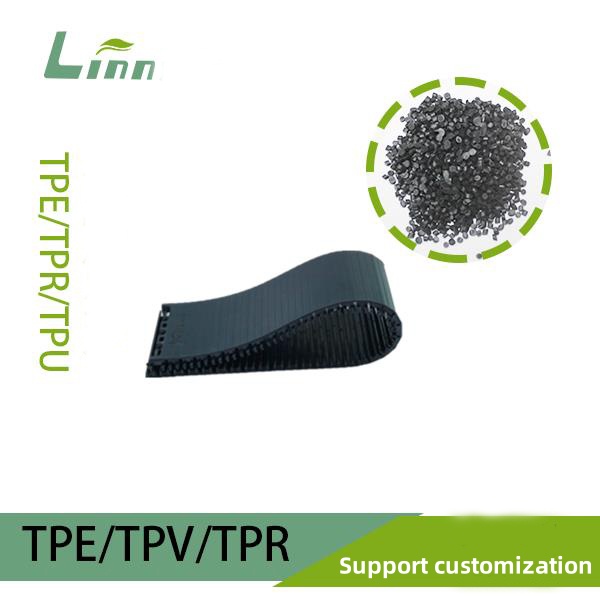Having spent over 15 years in the plastics and elastomer industry, I’ve handled countless materials, from rigid thermoplastics to soft, flexible thermoplastic elastomers (TPEs). One question that pops up frequently, especially from manufacturers, designers, and even consumers, is whether TPE contains phthalates—those controversial chemicals often linked to health and environmental concerns. It’s a valid concern, especially if you’re producing medical devices, toys, or consumer goods where safety regulations are stringent. So, let’s dive into this topic with a practical, no-nonsense approach, drawing from my experience on the factory floor and in material selection meetings.
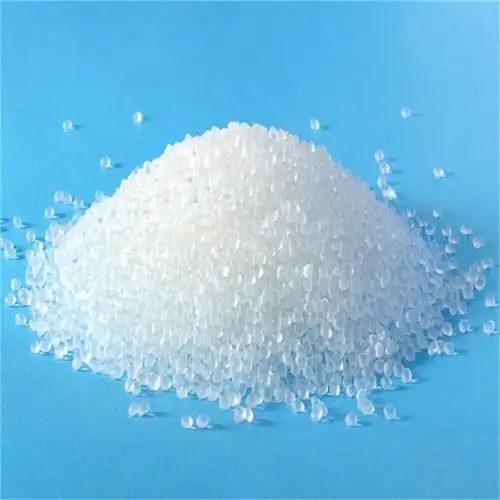
What Are Phthalates, and Why the Concern?
Phthalates are a group of chemicals used primarily as plasticizers to increase the flexibility, durability, and workability of plastics. You’ve probably heard of compounds like di(2-ethylhexyl) phthalate (DEHP) or dibutyl phthalate (DBP)—they’re the most common ones. They’ve been widely used in materials like PVC to make them soft and pliable. However, phthalates have raised red flags because some studies link them to health risks, including hormonal disruptions, especially in children. This has led to strict regulations, such as the EU’s REACH and the U.S. Consumer Product Safety Improvement Act (CPSIA), which limit or ban certain phthalates in products like toys and medical devices.
When it comes to TPE, the question isn’t just academic—it’s practical. Manufacturers want to know if their material is compliant with regulations, safe for end-users, and suitable for their application. Consumers, on the other hand, are often worried about safety for themselves or their kids. Let me walk you through what I’ve learned about TPE and phthalates, based on years of sourcing materials, reviewing data sheets, and navigating compliance.
Does TPE Contain Phthalates?
The straightforward answer is: it depends on the TPE formulation. TPE is a broad category of materials that includes styrenic block copolymers (SBCs), thermoplastic polyurethanes (TPUs), thermoplastic vulcanizates (TPVs), and more. Unlike PVC, which often relies on phthalates to achieve flexibility, TPEs are inherently flexible due to their molecular structure. However, some TPE grades, especially lower-cost ones, may still include phthalates as plasticizers to enhance certain properties or reduce costs.
Here’s the breakdown based on my experience:
Most Modern TPEs Are Phthalate-Free: Many reputable TPE manufacturers, like Kraton, Teknor Apex, or BASF, explicitly design their products to be phthalate-free to meet global regulations and market demands. These are often labeled as “non-phthalate” or “compliant with REACH/CPSIA.”
Specialty TPEs: For applications like medical devices or children’s toys, TPEs are almost always formulated without phthalates to ensure safety.
Low-Cost or Generic TPEs: Some cheaper TPE grades, especially from less-regulated suppliers, might still use phthalates to cut costs. This is more common in regions with lax regulations or for non-critical applications like industrial parts.
I recall a project where we were sourcing TPE for a line of children’s toys. The client was adamant about phthalate-free compliance to meet CPSIA standards. We worked closely with the supplier to verify the material’s composition through testing certificates and ended up with a high-quality, phthalate-free TPU that passed all regulatory checks. That experience taught me to always dig into the material’s documentation.
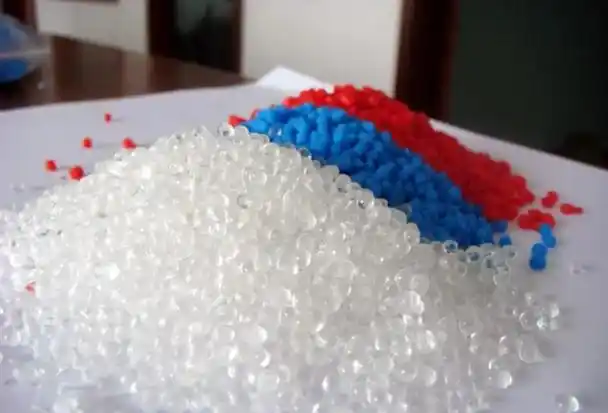
How to Verify If Your TPE Contains Phthalates
If you’re wondering whether your TPE contains phthalates, here’s how I approach it in practice:
Check the Material Data Sheet (MDS): Reputable suppliers provide detailed data sheets that list the material’s composition and compliance with regulations like REACH, RoHS, or CPSIA. Look for phrases like “phthalate-free” or specific certifications.
Request a Certificate of Compliance (CoC): Suppliers can provide a CoC confirming that the TPE meets regulatory standards for phthalates. I always ask for this when working on regulated products.
Third-Party Testing: For critical applications, I recommend sending the material to a lab for testing. Labs can detect phthalates like DEHP or DBP down to parts per million (ppm) using techniques like gas chromatography-mass spectrometry (GC-MS).
Ask the Supplier Directly: If the data sheet isn’t clear, contact the supplier. A trustworthy supplier will be transparent about their formulation.
Here’s a handy table summarizing how to verify phthalate content:
|
Method |
Why It’s Useful |
When to Use |
Notes |
|---|---|---|---|
|
Material Data Sheet |
Lists composition and certifications |
Initial material selection |
Ensure the supplier is reputable and the data sheet is up-to-date. |
|
Certificate of Compliance |
Confirms regulatory compliance |
Regulated products (e.g., toys) |
Request from the supplier; verify it covers specific phthalates. |
|
Third-Party Testing |
Detects phthalates with high accuracy |
High-risk or critical applications |
Use accredited labs for reliable results; can be costly. |
|
Supplier Inquiry |
Clarifies formulation details |
When documentation is unclear |
Be specific about which phthalates you’re concerned about (e.g., DEHP). |
Why Phthalate-Free TPEs Are Preferred
From my years in the industry, I’ve seen a clear shift toward phthalate-free TPEs, and for good reason:
Regulatory Compliance: Regulations like the EU’s REACH and the U.S. CPSIA ban or restrict certain phthalates in consumer goods. Using phthalate-free TPE ensures you’re on the right side of the law.
Consumer Safety: Phthalate-free materials reduce health risks, especially for products like baby products or medical devices that come into prolonged contact with skin.
Market Demand: Consumers and brands increasingly demand eco-friendly and safe materials. Phthalate-free TPEs align with this trend.
Brand Reputation: Using safe, compliant materials protects your brand from negative publicity or recalls.
I once worked with a client who faced a recall scare because their supplier didn’t disclose that their TPE contained trace amounts of DEHP. The lesson? Always verify compliance upfront to avoid costly mistakes.
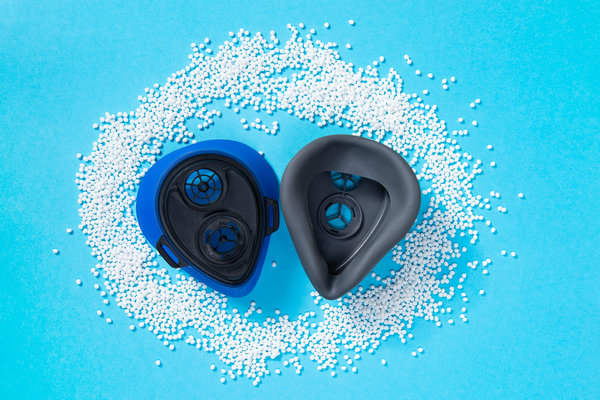
Challenges with Phthalate-Free TPEs
While phthalate-free TPEs are ideal, they’re not without challenges. In my experience, these include:
Higher Costs: Phthalate-free formulations often use alternative plasticizers, which can increase material costs by 10-20%.
Performance Trade-Offs: Some non-phthalate TPEs may have slightly different mechanical properties, like reduced flexibility or tensile strength. You’ll need to test them for your specific application.
Supply Chain Transparency: Not all suppliers are upfront about their formulations, especially in regions with less oversight. This makes due diligence critical.
I remember a project where we switched to a phthalate-free TPE for a medical application. The new material was pricier, but it met all regulatory requirements and performed beautifully in testing. The client was thrilled, and it reinforced the value of investing in quality materials.
Alternatives to TPE for Phthalate-Free Applications
If you’re concerned about phthalates and want to explore other options, there are alternatives to TPE that are inherently phthalate-free:
Silicone: Medical-grade silicone is naturally phthalate-free and highly biocompatible, though it’s more expensive and harder to process.
Bio-Based TPEs: Some newer TPEs are derived from renewable sources and formulated without phthalates. They’re eco-friendly but may have limited availability.
Polyolefin Elastomers (POEs): These are flexible plastics that don’t typically require phthalates and are often used in similar applications.
In one project, we switched from TPE to silicone for a high-end medical device. The cost was higher, but the client needed guaranteed biocompatibility, and silicone delivered.
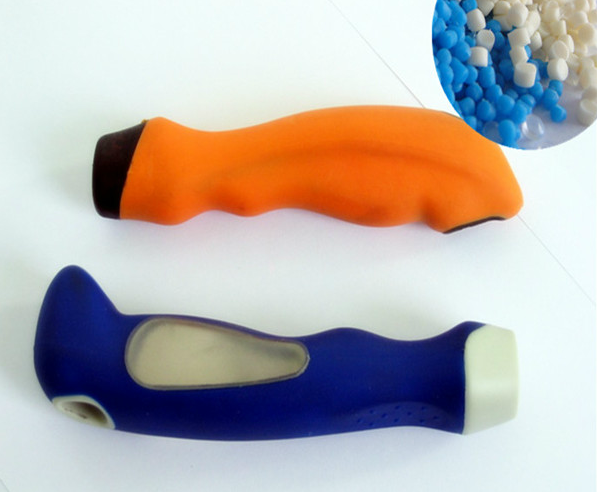
Practical Tips for Working with TPE
Here are some lessons I’ve picked up over the years to ensure you’re using safe, compliant TPE:
Partner with Reputable Suppliers: Work with established companies like DuPont, BASF, or Teknor Apex. They’re more likely to provide phthalate-free options and transparent documentation.
Specify Requirements Early: When sourcing TPE, tell your supplier you need phthalate-free material compliant with specific regulations (e.g., REACH, CPSIA).
Test Your Supply Chain: Even if a supplier claims their TPE is phthalate-free, verify it through testing or certifications, especially for regulated products.
Stay Updated on Regulations: Laws around phthalates evolve. For example, the EU recently expanded its list of restricted phthalates under REACH. Keep an eye on updates to stay compliant.
Environmental and Ethical Considerations
Beyond safety, there’s an ethical angle to consider. Phthalates aren’t just a health concern—they’re also an environmental one. They don’t biodegrade easily and can persist in soil and water. By choosing phthalate-free TPEs, you’re contributing to a cleaner planet. I’ve worked with companies that made the switch not just for compliance but to align with their sustainability goals. It’s a small step, but it adds up.
On the flip side, producing phthalate-free TPEs can require more complex formulations, which might increase energy use during manufacturing. It’s a trade-off, but in my view, the benefits of safer materials outweigh the drawbacks.

Final Thoughts
So, does TPE contain phthalates? Most modern TPEs, especially from reputable suppliers, are phthalate-free, designed to meet strict safety and environmental standards. However, cheaper or less-regulated TPEs might still contain phthalates, so it’s critical to verify with data sheets, certifications, or testing. Whether you’re making toys, medical devices, or consumer goods, choosing a phthalate-free TPE ensures compliance, safety, and peace of mind.
From my years in the field, I can’t stress enough the importance of doing your homework. A little upfront effort—checking documentation, asking suppliers the right questions, or running tests—can save you from headaches like recalls or failed inspections. If you’re unsure where to start, reach out to your supplier or a materials expert. It’s worth it to get it right.
Related Questions and Answers
Q: How can I tell if a TPE is phthalate-free without testing?
A: Check the material data sheet or ask the supplier for a Certificate of Compliance stating the material meets regulations like REACH or CPSIA. Reputable suppliers will provide this information upfront.
Q: Are all phthalates banned in TPEs?
A: Not all phthalates are banned, but specific ones like DEHP, DBP, and BBP are restricted in many regions for consumer goods. Always check local regulations and your supplier’s documentation.
Q: Is phthalate-free TPE less flexible than regular TPE?
A: Not necessarily. Modern phthalate-free TPEs are formulated to match the performance of traditional ones, though you may need to test for specific properties like tensile strength or elasticity.
Q: Can I use phthalate-containing TPE for non-regulated products?
A: You can, but it’s risky. Even for non-regulated applications, consumer perception and future regulations may push you toward phthalate-free options. Plus, it’s better for safety and sustainability.

